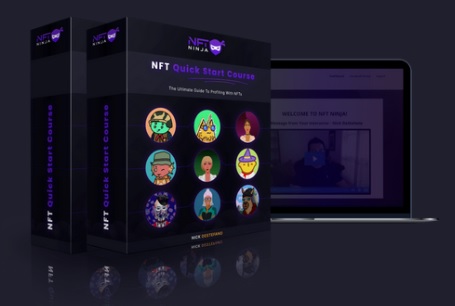
Today, she is one of the world’s foremost experts on digital currencies. But as a PhD candidate in computer science at MIT in the mid-2010s, Neha Narula had little interest in cryptocurrency.
Then in late 2015, a friend mentioned how bitcoin was struggling to scale its infrastructure to handle an increasing volume of transactions. Fresh from completing her doctorate and hungry to improve people’s lives, she spotted a golden opportunity. By applying her expertise in distributed systems and databases, Narula could play an important role in improving blockchain technology, ushering in a new phase of money exchange that was faster, easier and, most importantly, more democratic.
Neha Narula runs the Digital Currency Initiative at MIT’s Media Lab. (Photo courtesy of Neha Narula)
Within a few months she was back at MIT, immersing herself in researching crypto at the university’s Media Lab. Now she runs the lab’s Digital Currency Initiative, where she and her team tackle the technology’s thorniest challenges, including scalability, security and privacy. The Mastercard Newsroom recently sat down with Narula to learn more about the challenge the crypto ecosystem faces, the potential of central bank-issued digital currencies, and the benefits of bear markets.
What are the most important challenges facing the industry?
Narula: One of the biggest challenges today is establishing trust. Part of the problem is that people just don’t understand crypto. I can’t tell you how many times people have told me, “Ugh, I don’t get crypto at all.” We’ve lagged in helping people not just to understand the technology, but to focus on what they need to understand. People often try to go too deep too quickly.
And regulation remains an open question: determining how to apply existing regulation effectively, and where to consider new paradigms. We want to protect consumers, have market integrity and prevent crime. How do we achieve that in this new world?
You’ve said that the way forward is to learn from early mistakes in the industry. How would you do that?
Narula: So much money has flowed into the cryptocurrency ecosystem, yet not all has gone to products that bring value to users. Some of that money is lining investors’ pockets. There have been outright scams. There have been people who unintentionally oversold what their technology could do. And that has resulted in a lot of sad stories about people who lost a lot of money. We can do better. As an industry, we have to call out trespasses and hold ourselves to a high standard.
You’ve also talked about the different directions crypto could go: a utopian direction that democratizes finance, a dystopian turn toward increased surveillance, or a middle ground where digital currency makes traditional banking more convenient. Where do you see it trending now?
Narula: I’m not going to lie. A few months ago, and more recently, I was disheartened by the scams and the large failures in cryptocurrency. It felt like we were creating the same old problems on top of a new set of financial rails.
Now I have reason to be optimistic, partly because many of those failures are shaking out so we can learn and evolve from them. We’re in a bear market, and I love bear markets — that’s when you find out who’s in it for the right reasons. The people who are in it for the wrong reasons leave, but those who are passionate about the technology stay and do great work.
The work we do designing central bank digital currencies as a form of digital cash also gives me hope. Some central banks are aligned to try to avoid the dystopian future. They care about privacy, financial inclusion, and users having access to useful digital services.
You’re also collaborating with the Federal Reserve Bank of Boston on a digital currency. Can you tell us about that?
Narula: We started Project Hamilton two years ago. The goal was to design, build, experiment with, and evaluate a hypothetical digital currency. We started simple: Let’s move money fast, securely and safely, in a fault-tolerant, scalable way. We’ve achieved that. Next, we’ll address programmability and privacy, and at MIT we’re also working with the Bank of Canada and the Bank of England.
What can you do with a CBDC that you can’t do with electronic payments and transfers of fiat money?
Narula: The existing system’s technology was built at a time when we couldn’t even dream of settling transactions at scale instantly, securely and with finality. Now, through digital currency, every transaction could be instant, secure and final, which would lead to lower risk, lower fees, more access and new features. It would open a new platform upon which we could build even more interesting financial applications.
 How To Make Huge Profits In A Short Time With Crypto
How To Make Huge Profits In A Short Time With CryptoGet detailed training system that shows an absolute beginner (without any skill) how to make huge profits in a short time with crypto.
 Crypto + NFT Quick Start Course
Crypto + NFT Quick Start CourseThe #1 course for profit in the Crypto & NFT world - You will discover the secrets that 99% of people don’t know yet




